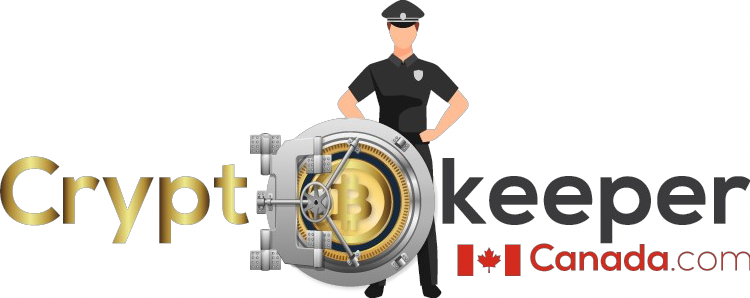TLDR
- The IMF included XRP on its shortlist of technologies to support future cross-border settlement systems.
- The IMF’s March 2023 report identified global payment challenges, including high transaction costs and slow processing times.
- XRP was highlighted as a potential solution to reduce costs and speed up cross-border payments.
- The IMF proposed a global digital marketplace where tokenized money, including XRP, could be exchanged across borders.
- XRP was identified as one of three potential settlement models for the next generation of global payment systems.
The International Monetary Fund (IMF) included XRP in a shortlist of technologies that could support future cross-border settlement systems. The IMF shared this view in a March 2023 report titled “Fintech Note, Trust Bridges and Money Flows: A Digital Marketplace to Improve Cross-Border Payments.” The report examined global payment challenges and explored digital money as a solution. XRP was highlighted as a leading example of a settlement token for future digital payment infrastructure.
IMF Report Highlights Global Payment Challenges
The IMF report opened by addressing key issues with current cross-border payment systems. It emphasized that international payments rely on trust networks formed through credit relationships between banks. These networks often result in high costs, slow transactions, and limited access for many countries, particularly developing ones.
The report explained that domestic payments benefit from shared central bank assets and unified platforms, enabling smoother transactions. However, when payments cross borders, these advantages are lost. Banks must create their own trust links and meet stringent compliance requirements, which often slows the process and increases costs.
XRP Identified as a Potential Solution
The IMF noted two primary methods banks use to move money across borders: credit arrangements and pre-funding arrangements. Credit arrangements involve one bank issuing an IOU to another, while pre-funding requires banks to hold liquidity abroad. Both methods have their drawbacks, including higher costs and limited control by large correspondent banks.
The IMF also noted that central bank swap lines can help in times of crisis, but they depend on political alignment and shared trust. As a result, the IMF turned to tokenization as a promising alternative. Digital tokens like XRP could enable faster, more affordable transfers by enabling instant ownership transfers on shared ledgers, bypassing complex credit arrangements.
Digital Marketplace Model Proposed by IMF
The IMF report proposed the creation of a global digital marketplace where tokenized money could move freely across borders. In this model, different forms of tokenized money could be exchanged and converted between currencies more efficiently. Users could transfer funds across currencies as long as their gateways trusted the underlying tokens. Market makers would facilitate currency conversions, improving liquidity.
In this context, XRP was included among three potential settlement frameworks. The IMF suggested that XRP’s dedicated payment network could serve as a private settlement asset within the broader global payments marketplace. The other two models mentioned were an open-source model like Stellar and an unbacked cryptocurrency paired with a payment layer, such as Bitcoin and the Lightning Network.
The IMF did not specifically endorse XRP but acknowledged its potential role in global payment systems. XRP has already been used as a settlement token on purpose-built networks, making it a candidate for integration into a broader digital marketplace. Other organisations, such as cloud payment provider Volante, have also highlighted XRP’s potential for improving cross-border payments.

